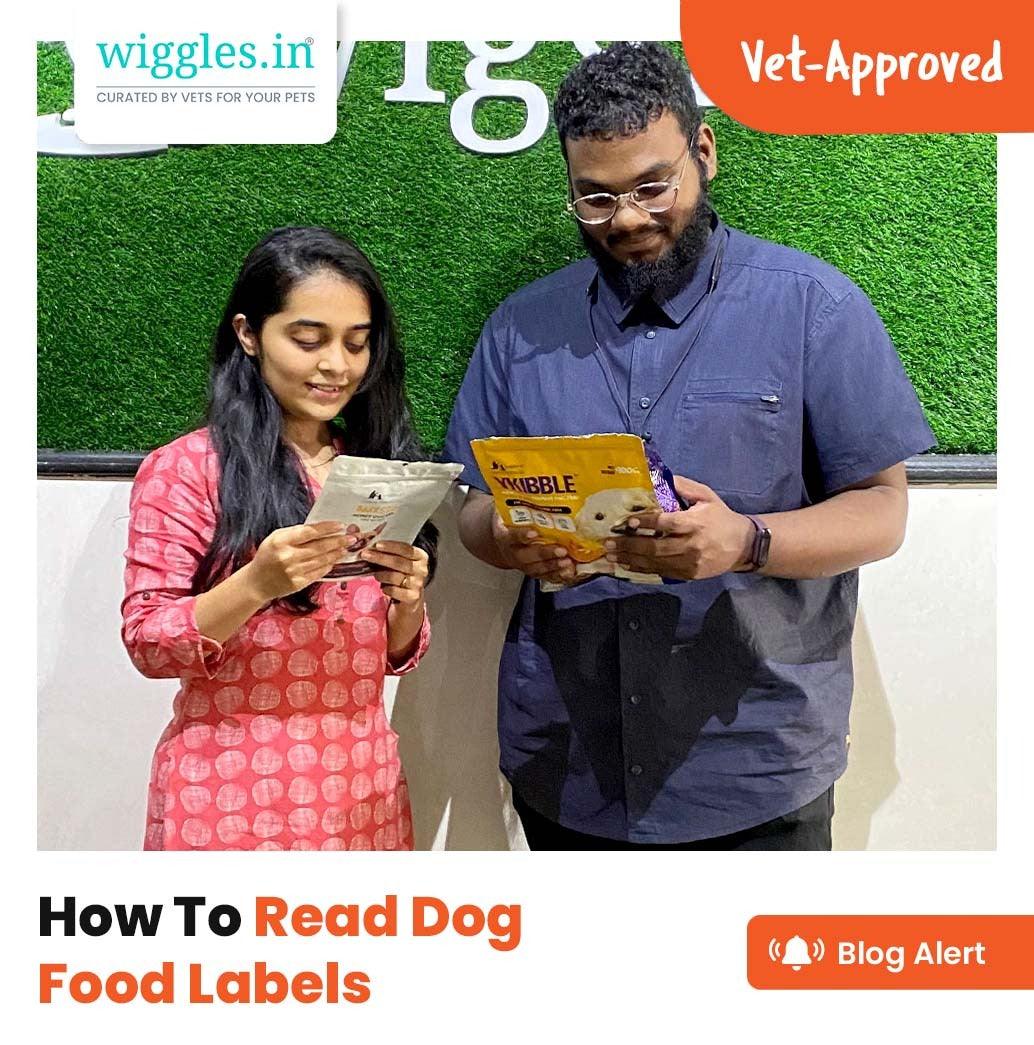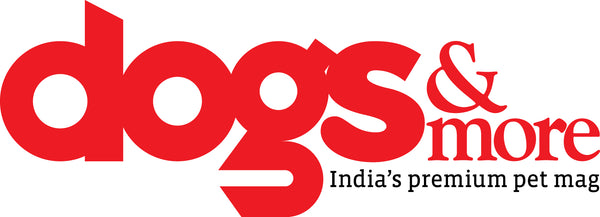We all want the best for our pets but how do we choose what’s best? With so many options of dog food available these days, pet parents often find themselves overwhelmed when it comes to picking the right food for their pets.
Knowing how to read dog food labels is important to provide your dog with the right kind of nutrition and avoid falling prey to marketing gimmicks.
Our expert vets have put together this simple guide to help you read dog food labels correctly.
The first glance should give a complete picture
The front side of the pack, tin or box should tell you about the main ingredient in the food which is also the first protein source, who the food is made for, the life stage of the pet and any additional information like - hypoallergenic food for sensitive pets. Once you know this food is suitable for your pet, you can move to reading the ingredients on the back which is the most important part.
Read the ingredients on the back of the pack carefully
Most pet food packs list ingredients by weight, starting with the heaviest or the one with the most quantity. For example, if the first ingredient on the dog food pack is fresh chicken then that means that pack consists a majority of fresh chicken compared to the other ingredients.
However, if the first ingredient is a type of meat, know that meat consists of 75% water according to the FDA. Without the water weight, the meat will probably come towards the end of the ingredient list. Some meals like chicken meal, meat meal or bone meal are different as most of the water has been removed from them.
Our vets suggest looking for words like - complete and balanced when choosing dog food for your pet.
Know what ‘by-products’ mean
Not all by-products are bad for your pet. Liver is a by-product that is rich in nutrients like vitamin A. Meat by-products may contain bones, blood, brain, stomach and cleaned intestines. Read more about these individual ingredients to know their nutritional value. Having said that, most dog foods will consist of some by-products as they are hard to avoid in the manufacturing process.
Be wary of those chemical-sounding names
The FDA approves of preservatives, artificial flavors and stabilizers if they find them to be safe for the pet. These chemicals are usually added to dog food to increase its shelf life. The absolute need of these chemicals, however, is a question that has been debated for a long time. Our vets suggest looking for dog foods that say they are free of preservatives, GMO, and artificial enhancers/flavors and any kind of food fillers. Some pet parents, scientists and vets have questioned the safety of chemical ingredients and hence it is best to avoid them.
Don’t forget to read the nutritional value
The nutritional value section will help you determine if the food meets your dog’s nutritional requirements. The AAFCO pet food labeling guide provides guidelines to meet a dog’s nutritional requirements. If the label says that the food is formulated to meet the AAFCO requirements it means it has been tested in feeding trials and found to provide complete nutrition. The AAFCO statement should also mention which life stage of the pet is the food appropriate for. For puppies, look for food that is suitable for growth or all life stages. For adult dogs, look for food that is appropriate for adult maintenance or all life stages. There is no AAFCO standard for senior dogs as their nutritional needs vary depending on their health conditions.
Check the nutritional analysis section
You will find the minimum and maximum amount of nutrients in the nutritional analysis section. A low-fat dog food will often consist of less fat and more fiber that can make a pet feel full without adding too many calories. Ideally, a dog’s daily diet should consist of 7% crude protein and 5% fat. Crude protein in dog food is a combination of protein molecules that are divided into smaller units. It is also recommended to look for food with carbohydrates, essential fatty acids and vitamins and minerals as they make for essential ingredients for your dog’s food.
Look out for common marketing words
If the dog food label contains words like natural, holistic and organic, ensure you look for certifications for these claims or do some research regarding the claims made. The best way to know if the food is good for your pet, is to speak to your veterinarian or pet nutritionist.

Certain ingredients in packed/commercial dog food can be harmful for your pet
Here are some dog food ingredients to avoid at all costs. Our vets say “Avoid foods that contain benzaldehyde, FD&C Red No. 3, methyl anthranilate, butylated hydroxyanisole and any other artificial ingredients.”
One of the best ways to determine if the food is fit for your pet is to consult a vet or a pet nutritionist. They can recommend a dog food option that fits your budget or provide a diet chart that can meet your dog’s nutritional needs.
Know that a healthy life starts with a healthy diet, so be choosy about what goes in your dog’s bowl to keep them happy and healthy, always.
Team Wiggles has started an initiative called #BondedByBlood through which we are trying to create an online repository of ready pet blood donors. Register your pet today and save a life tomorrow.
Join Wiggles Tribe, our 30k+ community of pet parents on Facebook where our in-house team of vets answers your pet-related queries 24/7.
*Disclaimer: This blog is vet-approved and includes original content which is compiled after thorough research and authenticity by our in-house team of vets and content experts. It is always advisable to consult a veterinarian before you try any products, pet food/treats or any kind of treatment/medicines on your pets, as each pet is unique and will respond differently.



















